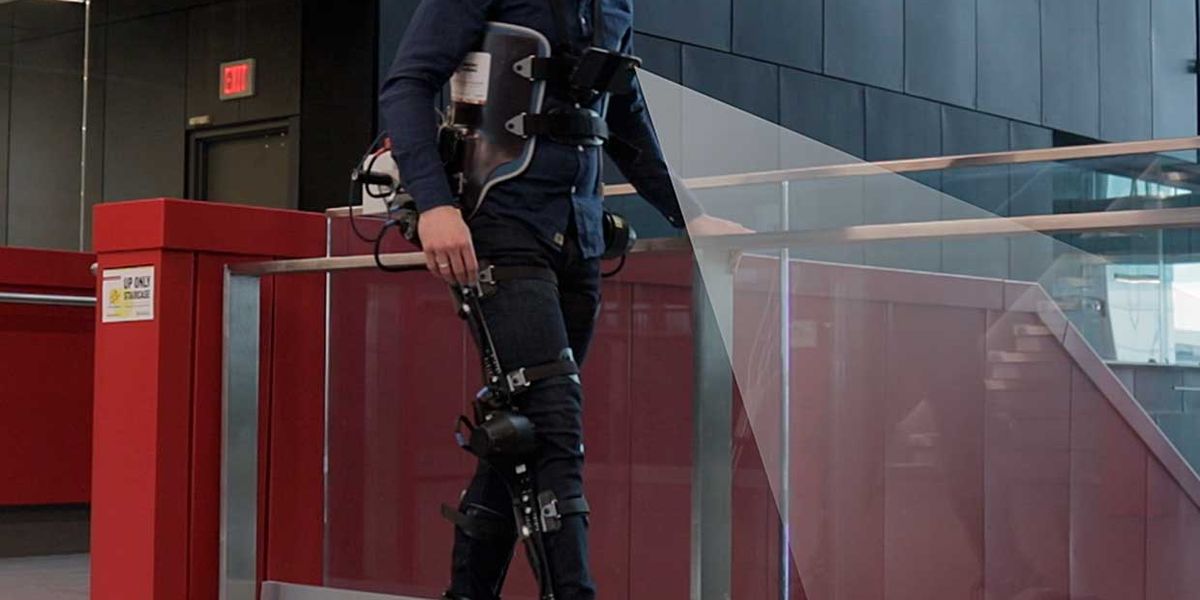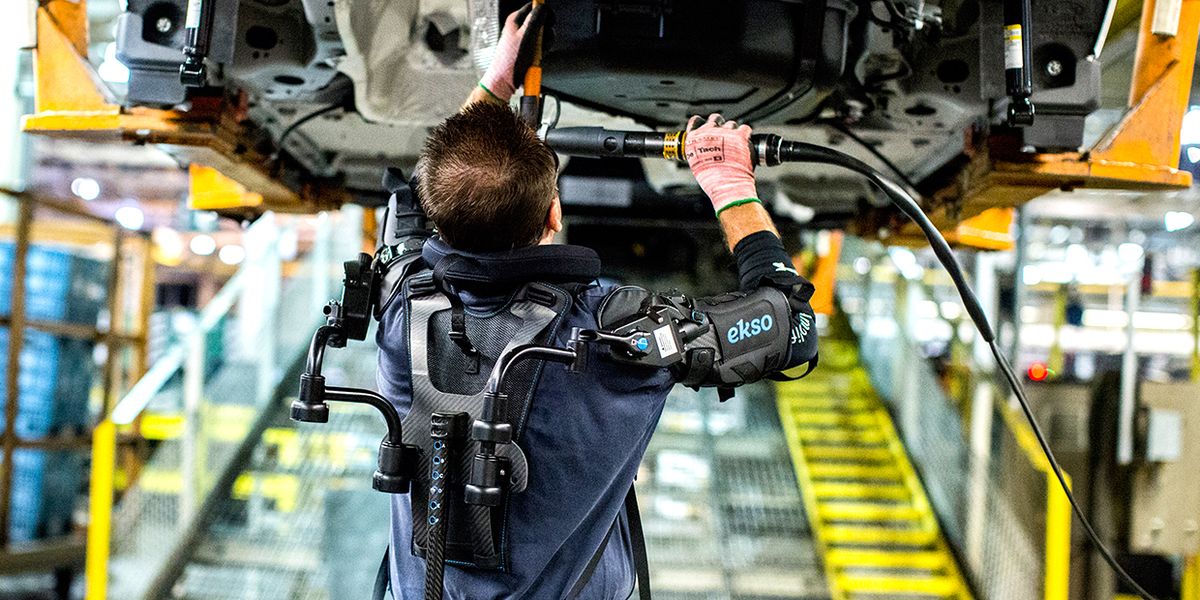Atalante X
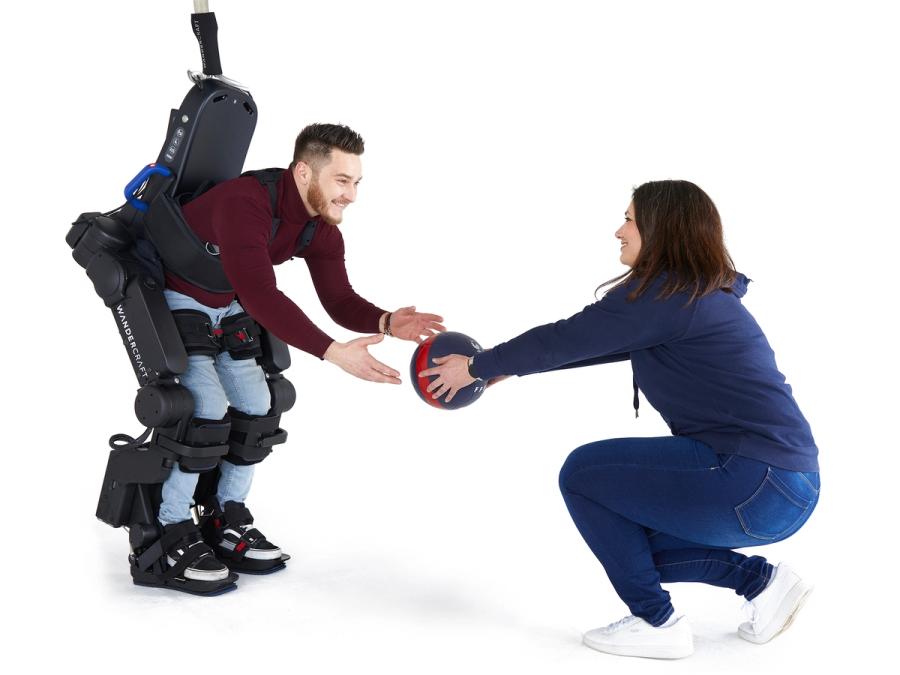
Atalante X is a self-balancing exoskeleton, engineered to mimic the way humans walk. Equipped with 12 actuated degrees of motion and advanced dynamic walking algorithms, it enables patients with severe gait impairment to stand up and walk hands-free.
- Creator
- Year
- 2019
- Country
- France 🇫🇷
- Categories
- Features
Did you know?
Atalante exoskeletons are produced in the heart of Paris, not far from the Louvre Museum.
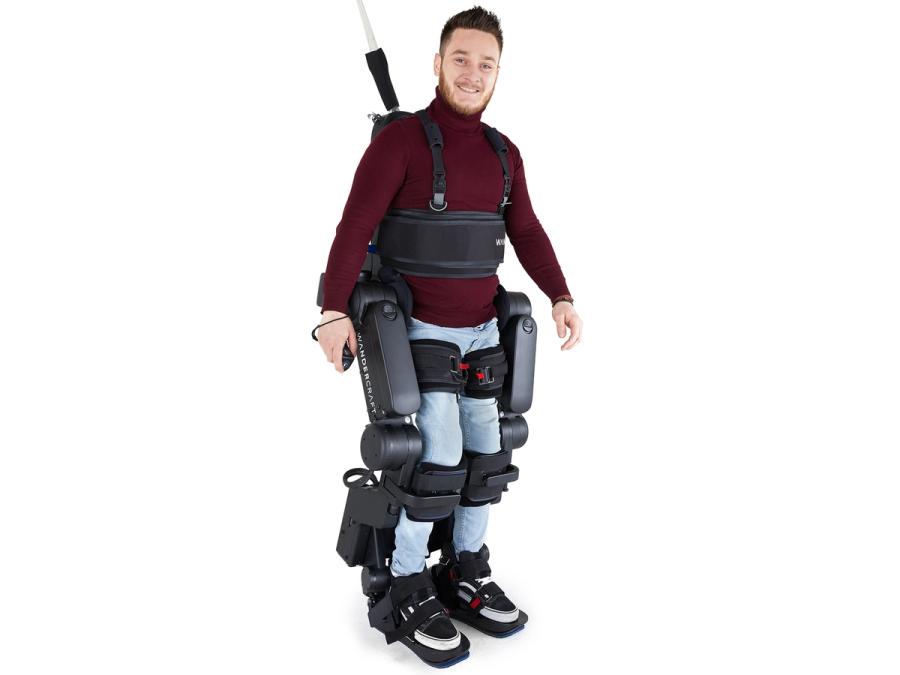
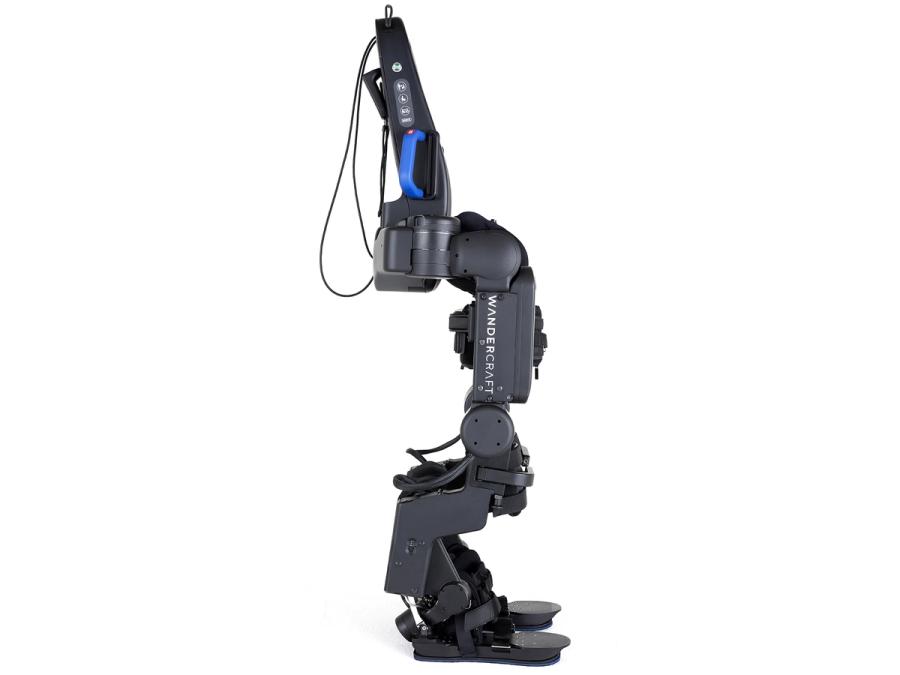
History
Wandercraft was founded in 2012 by a group of four French engineers and entrepreneurs aiming to develop autonomous walking exoskeletons as a better solution for mobility and independent living.
The founders included Nicolas Simon, who'd headed the robotics club at the École Polytechnique in Paris, where he worked with bipedal walking robots, and two classmates, Alexandre Boulanger and Matthieu Masselin, also roboticists. The fourth founder is Jean-Louis Constanza, an engineer and business executive, who was determined to build a robotic suit for his teenage son, a wheelchair user, to allow him to walk.
In 2017, Wandercraft demonstrated its first robot suit prototype, which allowed a paraplegic person to walk hands-free, without crutches. In 2019, Wandercraft announced its first commercial exoskeleton, called Atalante. That year, after receiving clinical approval in Europe, the exoskeleton enabled more than 20 paraplegic patients to walk. Since then, the device has been used in more than 5,000 sessions by over 650 patients.
In 2022, the company launched Atalante X, the next generation of its rehabilitation exoskeleton. The same year, the company received clearance from the U.S. Food and Drug Administration to use Atalante for stroke rehabilitation. In October 2023, Wandercraft announced it was starting commercial operations in the United States through a partnership with the Kessler Foundation, a nonprofit specialized in rehabilitation research for people with disabilities.
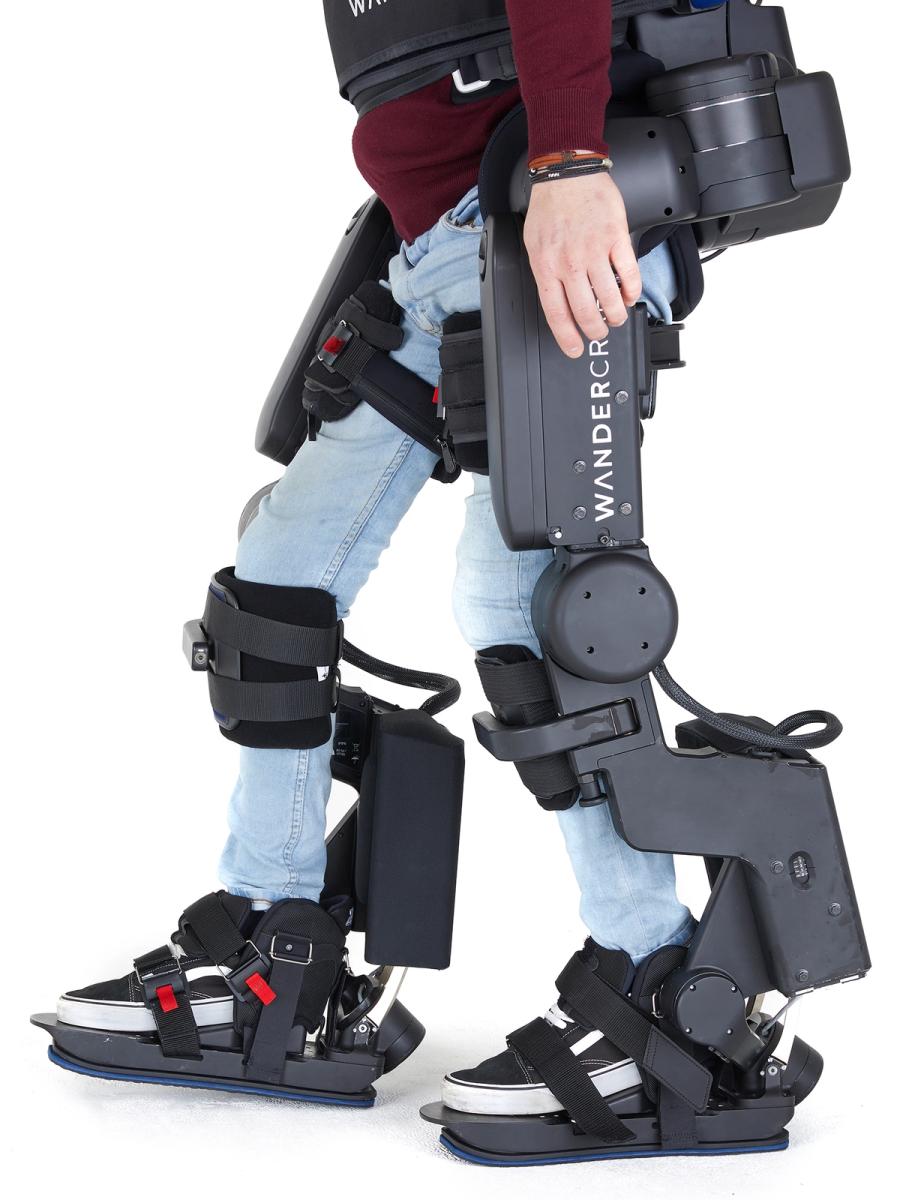
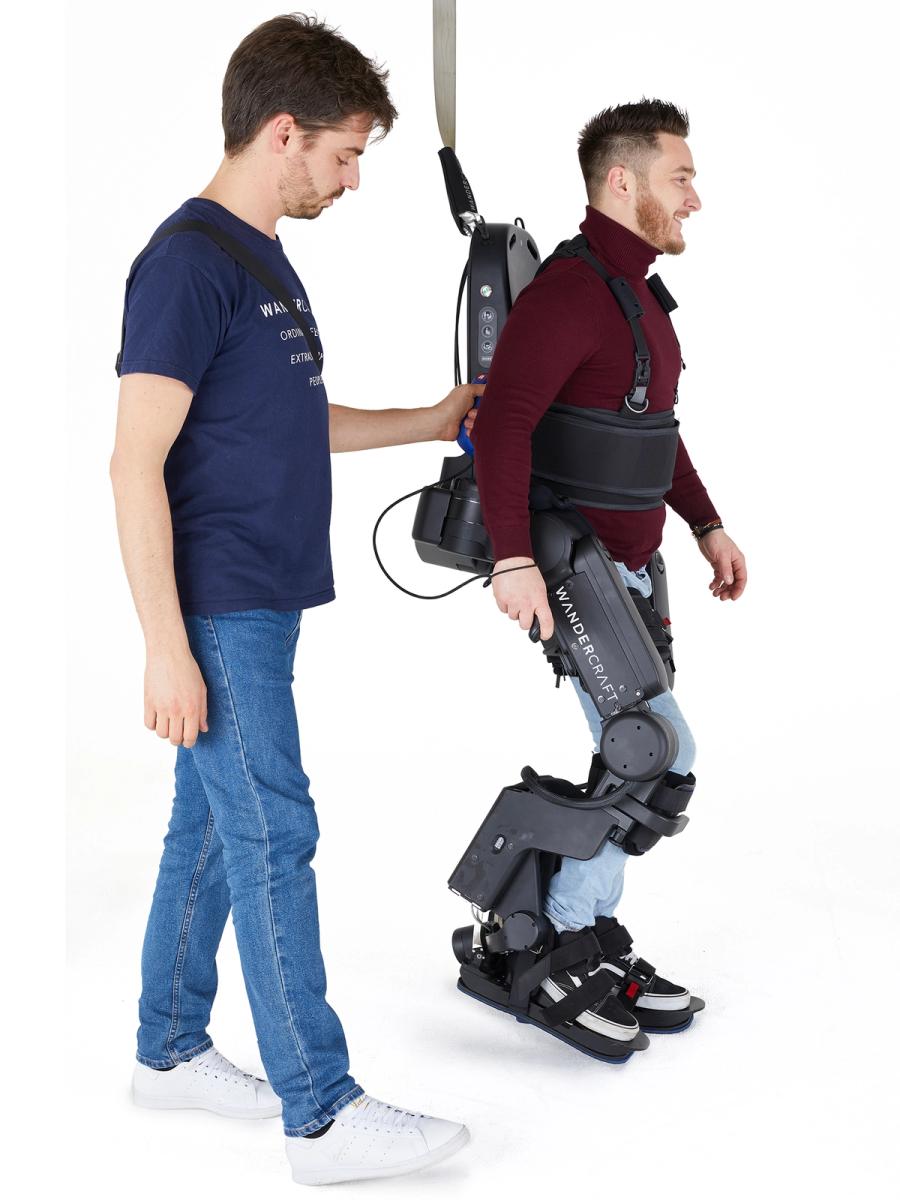
More Images
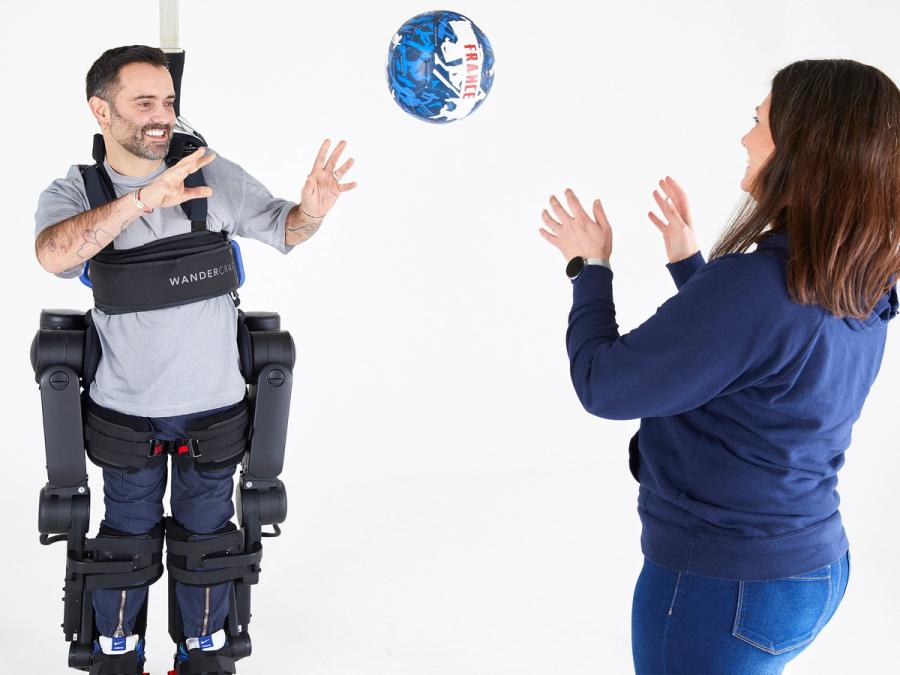
Specs
- Overview
Self-stabilizing for hands-free locomotion. 12 actuated degrees of freedom for correct kinematics. Multi-directional gait and turns. Customized motion for every patient.
- Status
Ongoing
- Year
2019
- Website
- Width
- 57.8 cm
- Height
- 168.3 cm
- Length
- 66.7 cm
- Weight
- 80 kg
- Speed
- 2 km/h
- Degrees of Freedom (DoF)
- 12 DoF (6 DoF on each leg. Hip: 3 DoF, Knee: 1 DoF, Ankle: 2 DoF)
- Power
2 rechargeable lithium-ion batteries
